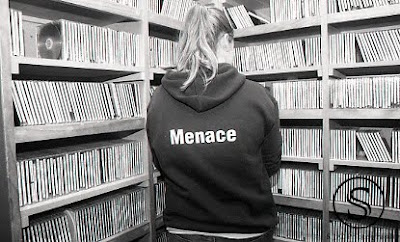My Grandmother suffers from Alzheimer’s disease - a disease that affects parts of the brain that control thought, memory and language. Photographs help to jog her memory to remember past moments and good times. She is forever telling me to “Make the most of life and take as many photos as possible, because when you get older, photographs serve as your memories”.
The series entitled “KATGR 2010” is a collection of images that document people, place and the activity that occurs within that space. The series portrays random moments shared amongst a group of friends while they broadcast their radio show across Auckland and the Internet. Each show is completely different; it is a regular weekly event where no two weeks are the same. The work exists as a behind-the-scenes insight into a place that isn’t often documented photographically. I am providing a visual record to accompany the audible - an insight into the world of graveyard radio.
An analogue photograph renders a moment in time, stationary, in a tangible form. My interest lies in preserving these moments so they can be revisited as time passes, as my world, the things and people around me change. They act as evidence of my existence or presence within a situation.
Working in this way enables photography to act as a tool for capturing and storing my memories in a tangible way. In terms of analogous recording there is a direct correlation between the physical reality being captured and the nature of the record or copy itself. Reality is captured through a scientific process – Light is transformed through the mechanics of a lens, exposing black and white film. A positive is then developed from this negative, creating a physical representation of time. The record is a direct reflection of said recording. Therefore being a direct relation between the storage of the reality and the reality being stored.
Radio revolves around the spoken word. The language used within the radio show is typical of people in their twenties - it is random, of the moment and as a result conversations often leave the listener completely confused. Part of my process of documentation transforms selected spoken word into written text, exploring expression. Giving vision to something audible. Removing it from its original context and further exploring how this audible world can be presented in different ways. The sound is removed. The context surrounding the words is removed; they sit silently on the wall.
Sasha Wilson - Year 2 Photography, 2010






